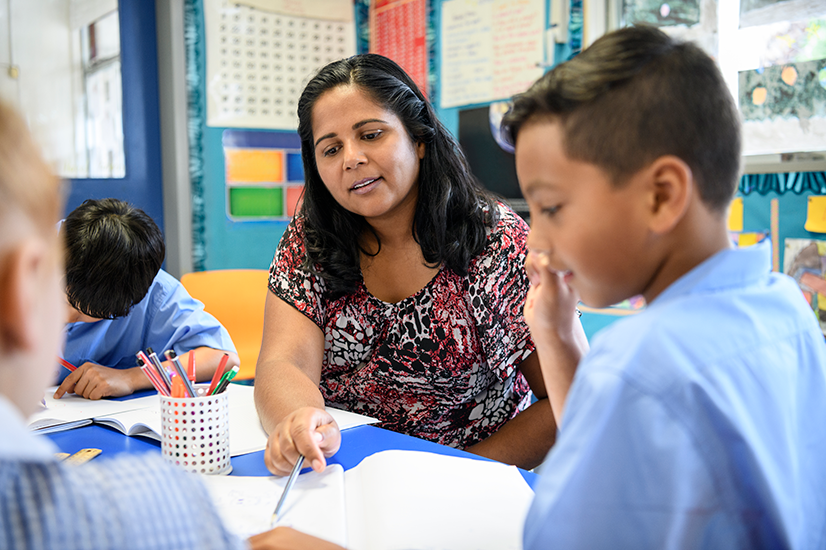
Catching up
'Catching up.' It’s a phrase so often heard in education: how do we close equity gaps in learning and development, and best support children from disadvantaged backgrounds to catch up to their more advantaged peers?
Many factors contribute to equity gaps in educational outcomes, such as access to quality early childhood education and care, as well as environmental stress and insecurity caused by economic, cultural and social influences. How do we address these issues at a system-level?
Equal opportunity doesn’t lead to equal outcomes
One way that systems try to address equity gaps is by providing all children with the opportunity to participate in certain policies, programs or practices. When the same approach or opportunity is provided to all children, it is called a universal intervention. Examples of universal interventions might include school-wide social and emotional learning programs that teach skills to all children in all classrooms, or giving all children books to read over the holidays.
While universal interventions may appear supportive of closing equity gaps because everyone can benefit, they often actually maintain or even widen inequity. As Figure 1 (adapted from Ceci & Papierno, 2005) shows, assuming that the universal intervention has positive effects on children’s learning and development, there are 2 potential scenarios:
- Scenario A: outcomes (for example, achievement) of children from advantaged and disadvantaged backgrounds improve at the same rate and the gap remains.
- Scenario B: outcomes of children from advantaged backgrounds improve more than children from disadvantaged backgrounds. This may be because they are able to achieve more as a result of the intervention (due to having a head start) or because they are more likely to take up and persist with the intervention (due to greater resources).
The need for targeted interventions
In neither of the above scenarios are children from disadvantaged backgrounds able to catch up. For equity gaps to close, outcomes of children from disadvantaged backgrounds need to improve at a greater rate than their more advantaged peers (Scenario C).
Targeted interventions support this by allowing disadvantaged peers a greater chance to opt in to the intervention compared to advantaged children and to learn from the intervention and achieve at a rate more equal to their advantaged peers.
This is why interventions that are targeted exclusively towards children from disadvantaged backgrounds generally, or towards specific cohorts of children from disadvantaged backgrounds, are necessary. These targeted interventions ensure that children from disadvantaged backgrounds can learn, develop and achieve independently of their more advantaged peers, and therefore, can catch up to them over time.
The Australian Education Research Organisation (AERO) aims to provide support across education to educators, teachers, schools systems and sectors to support the implementation of evidence-based approaches that support closing the equity gap. This body of work includes analysis of National Assessment Program – Literacy and Numeracy (NAPLAN) data, among other work, to learn more about the characteristics of the equity gap in Australian schools.